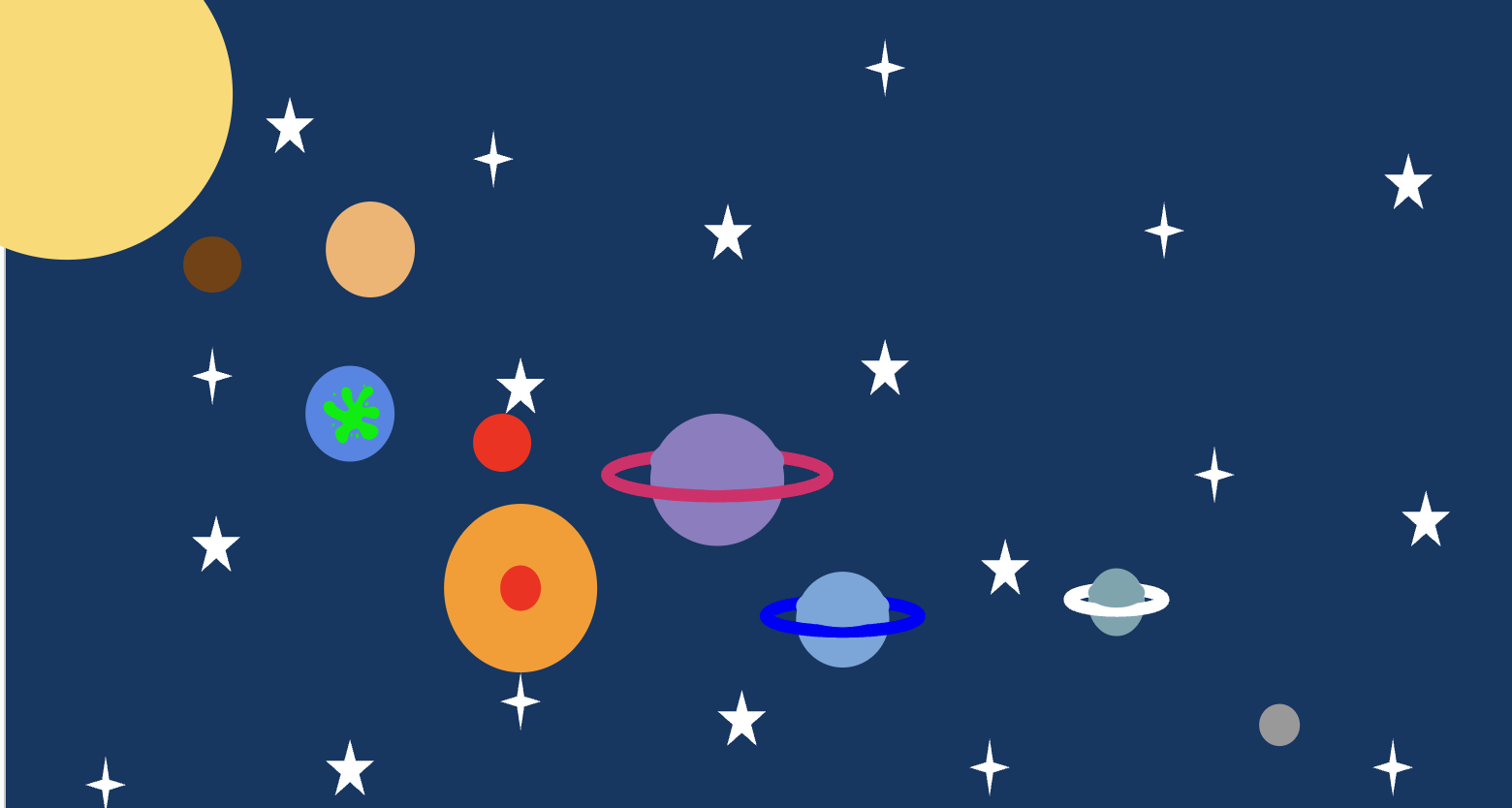On Sept. 11, NASA published atmospheric data collection that prompted the a vigorous revival of the debate over the possibility of extraterrestrial life. This data is centered around the exoplanet (a planet that orbits a star outside The Solar System) K2-18 b. The K2-18 orbits the cool dwarf star K2-18 in the habitable zone and lies 120 light-years from Earth in the constellation Leo.
Exoplanets such as K2-18 b, which have sizes ranging from Earth to Neptune, are often misunderstood and understudied, leading to varied debate, especially about whether or not these planets are Hycean exoplanets (a hypothetical type of planet, described as a hot, water-covered planet with a hydrogen atmosphere).
The research that has spurred increased debate about K2-18 b comes from atmospheric data complied by the James Webb Space Telescope (JWST). In a collection of spectra (intensity of light of a source as a function of the energy of that light) data compiled by the NIRISS (Near-Infrared Imager and Slitless Spectrograph) and NIRSpec (Near-Infrared Spectrograph), NASA scientists discovered an abundance of methane and carbon dioxide in the exoplanet’s atmosphere, as well as a possible detection of a molecule called dimethyl sulfide (DMS). The abundance of methane and carbon dioxide, and shortage of ammonia, support the hypothesis that there may be a water ocean underneath a hydrogen-rich atmosphere in K2-18 b.
But, the bigger reason why this has spurred scientists is that the only process we know that creates dimethyl sulfide on our planet is life, more specifically marine life and plankton. However, the data regarding dimethyl sulfide is less strong and since exoplanets likeK2-18 b are often covered by the glare of their much larger parent stars, it is much harder for the JWST to extract details about exoplanet atmospheres.
In all, the mixture of gasses in exoplanet K2-18 b’s suggest it may have a global ocean beneath a hydrogen-rich atmosphere, and this potential life sign, coupled with chemical signatures that as far as we know only originate from life, have opened scientists and the public up to the possibility of another hospitable planet with complex life similar to Earth.
Some RM students think that this discovery is incredibly important to the development of our space exploration. “I think this is important because we are learning more about outer space and this discovery could lead to further discoveries,” junior Jaymar Examen said.
Others however, think that this development doesn’t quite hold the importance that scientists proclaim. “I don’t think it’s important. When I first heard about the planet, I thought it was pretty exciting but it’s so far away that it’s just not relevant to us living at this point in time,” junior Amy Ye said.
What data awaits our scientists on this planet is uncertain, but what we do know that this certainly won’t be the last discovery that scientists make.








